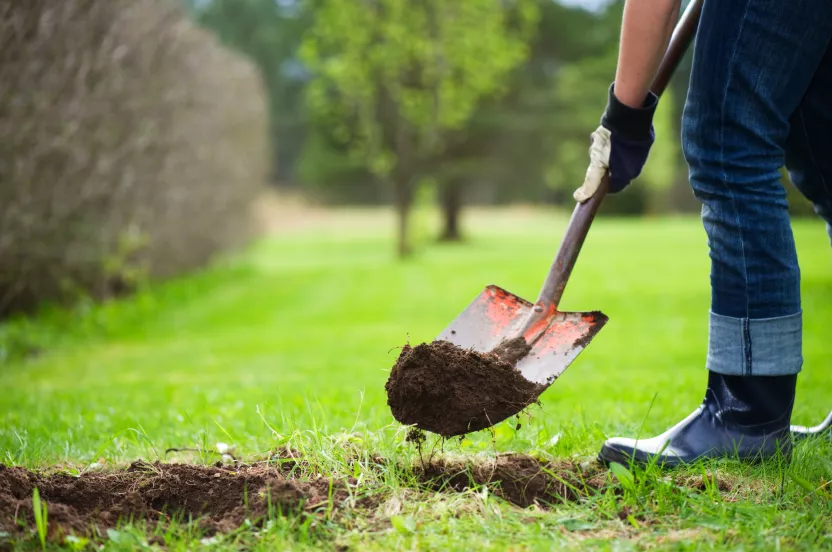Now live: The 2025 Canopy Report. Learn how Americans see trees. GET THE REPORT
Guest post by Vincent West.
All beautiful gardens and green spaces have one important thing in common: green, luscious grass growing abundantly on the entire surface. This is why lawn care is such an important part of gardening. But is it really as easy as it seems?
Things to Know
When looking after your garden, the lawn is a central element in the process. And while it might seem simple enough, there’s more to care than mowing it from time to time. Everything from soil care to composts to watering needs to be mastered. Here are four things you should know about lawn care.
1. Having Proper Equipment Matters
The importance of wearing proper clothing and safety gear while maintaining or mowing the lawn cannot be stressed enough. Safety goggles are a must, as is having a good pair of logger boots to support you through endless hours of working with vegetation. Lawnmowers are loud pieces of machinery, so ear protection is recommended.
If you are going to work with fertilizers or compost, gloves and any other types of skin protection are essential. If the chemical gets on your skin, make sure to rinse the area with water immediately. This is also the case if you choose to go with organic manure, so don’t think that you can skip out on safety gear just because it’s a natural substance.
2. Your Soil Might Need Testing
If you want to care for your backyard properly, testing the soil is essential. You can go about this in two ways. The first option is to get an on-the-spot kit from your local gardening supply store and do it yourself. But if you have the time, a better solution would be to send a sample to a lab and let them perform an expert analysis.
After the results are in, you will be able to determine whether your lawn needs additional help. For example, if the soil on your property doesn’t have enough nutrients, investing in soil amendments will do the trick. But the only way to know this is if you get it tested in the first place, so don’t hesitate to do just that.
Read The Dish on Dirt: Why Soil Matters to Tree Health
3. Grass Is Best Planted in the Spring
After you have tested your soil, it’s time to plant your grass. This is best done in the spring when the weather conditions are just right. Extreme temperatures are unfavorable for any plant to grow, which is why this season’s mild warmth is perfect. The rain and sunlight is also ideal in the spring in most geographical areas.
In fact, the ideal temperature for grass seeds to germinate is 18 degrees Celsius, or 65 Fahrenheit, which is why you should plant them either in spring or early autumn. The former is still preferable because it has higher chances of getting the necessary amount of sun, as autumn tends to be a bit overcast in many regions.
Before you do this, make sure that the soil is properly aerated to avoid compaction. Then, go out and buy the necessary amount of seeds for the area that you need to cover. If it’s a small area, you can spread them out by hand, while a broadcast spreader needs to be used for larger surfaces of terrain.
4. Water Daily for Two Weeks
For the seeds to grow harmoniously and develop into a beautiful, thick lawn, you will need to water them daily for ten to fourteen days after putting them in. However, make sure not to overwater. If the water starts forming into puddles, it’s a clear sign that you watered too much and you should stop.
This is not only damaging to the grass because it can oversaturate its roots with moisture, but it also washes away any trace of fertilizer or soil amendments. On top of that, it can wash into streams, polluting and damaging surrounding wildlife and ecosystems. So, it’s best to practice moderation with this.
Conclusion
Lawn care involves many aspects of care that need your attention. First, you need to make sure that you are properly equipped before starting. Then, analyze the soil before planting the grass. This is best done in spring when the weather conditions are favorable. And finally, don’t forget to water it daily for two weeks, but do so with moderation. Happy planting!
Vincent West is an Engineering Design graduate passionate about classical mechanics and everything fixer-uppers and home improvements. See more of Vincent's work here: Twitter & Facebook.





